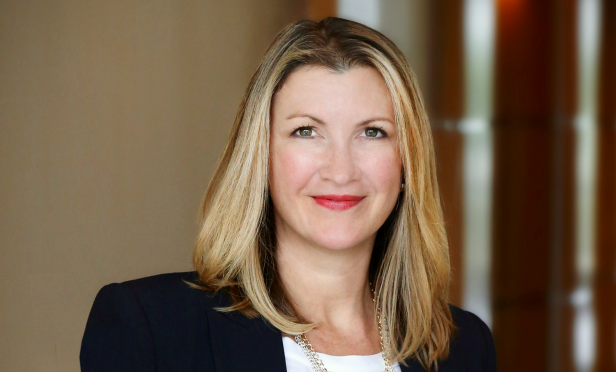Economic sentiment is shifting, and while there is a debate over whether or not the end of the cycle is nigh, few real estate professionals are predicting a market boom in the next few years. According to the most recent sentiment report from Real Capital Markets, the majority of investors are predicting a flat market ahead—but despite the shift in sentiment, most are planning to remain in buy mode. The reason? Market fundamentals are strong, especially in multifamily and industrial asset classes.
“Investors should remain in buy mode because, generally speaking, market fundamentals remain strong,” Tina Lichens, COO at Real Capital Markets, tells GlobeSt.com. “This is especially true for multifamily and industrial assets, which continue to be ranked as the most attractive property sectors. Further, although interest rates have increased over the last year, the cost of capital still is very reasonable and is not expected to increase appreciably through 2019. Good investments with solid returns are still available across all asset classes, though investors may have to manage their expectations in a dynamic and constantly changing real estate marketplace.”
Rising interest rates are among the top concerns of investors, and will likely deter some investors from remaining active buyers. In fact, the survey shows that 41% of buyers are less likely to buy in an increased interest rate environment. “[Still], there are those who see the interest rate climate as a reason to be buyers,” says Lichens. “Those that look at this as an opportunity may be driven by the idea that rates may not go lower in the near term, so they want to lock in acquisitions at these lower rates. Others may see certain categories of buyers as being more eager and/or willing to sell assets as interest rates move higher. As a result, assets that may not otherwise have been available may be on the selling block.”
While the Fed increased rates several times last year, this year, it has announced plans to ease its quantitative tightening strategy. That leaves interest at an historically attractive rate. As a result, Lichens doesn't expect they will have a significant impact on investment sales volumes this year. “While the Fed's successive interest rate increases have brought them to levels we haven't seen since September 2008, rates remain very attractive, comparatively speaking,” she says. “For most investors, increasing interest rates may simply mean being that much more focused on structuring the best deal possible. In times like this it is important to really crunch the numbers because debt service, whether for acquisitions or improvements, is squeezing margins.”
Ultimately, interest rates could prove to have a minimal impact on investment trends regardless, since it is a factor that investors work into the deal. “The impact of interest rates represents a very fluid situation for commercial real estate investors and is dependent on their individual situation,” adds Lichens. “Obviously, the more leverage an investor uses, either in acquiring an asset or in allocating funds for improvements and repositioning, the greater the impact.”
© Touchpoint Markets, All Rights Reserved. Request academic re-use from www.copyright.com. All other uses, submit a request to [email protected]. For more inforrmation visit Asset & Logo Licensing.







